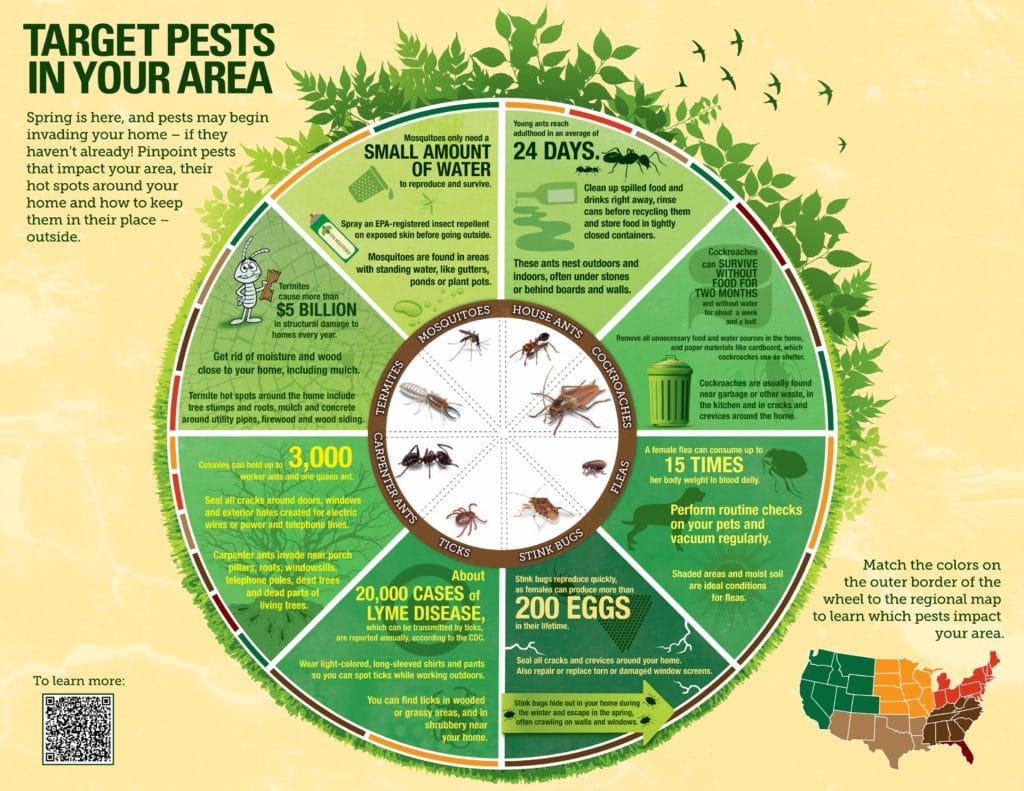Tips For Homeowners: Exactly How To Maintain Rodents Out Of Your Attic
Tips For Homeowners: Exactly How To Maintain Rodents Out Of Your Attic
Blog Article
Article Writer-Thybo Blankenship
Imagine your attic room as a comfy Airbnb for rats, with insulation as fluffy as resort pillows and electrical wiring a lot more luring than space service. Now, envision these unwanted guests throwing a wild party in your house while you're away. As a homeowner, guaranteeing your attic room is rodent-proof is not practically satisfaction; it's about shielding your property and liked ones. So, what valley guard pest control can you require to safeguard your haven from these hairy burglars?
Examine for Entrance Things
To begin rodent-proofing your attic room, check for access points. Begin by meticulously examining the outside of your home, seeking any kind of openings that rats could utilize to access to your attic. Check for spaces around energy lines, vents, and pipes, in addition to any fractures or openings in the structure or siding. See to it to pay close attention to areas where different building products meet, as these prevail entry points for rats.
Additionally, check the roofing for any harmed or missing out on roof shingles, as well as any gaps around the edges where rats can squeeze with. Inside the attic room, search for indicators of existing rodent task such as droppings, chewed wires, or nesting products. Utilize a flashlight to thoroughly inspect dark edges and surprise rooms.
Seal Cracks and Gaps
Inspect your attic extensively for any type of fractures and spaces that require to be sealed to prevent rats from going into. Rodents can squeeze through also the tiniest openings, so it's vital to secure any type of possible access factors. Inspect around pipelines, vents, cords, and where the walls meet the roofing. Utilize a combination of steel wool and caulking to seal these openings effectively. Steel woollen is an exceptional deterrent as rats can't eat through it. Ensure that all voids are tightly sealed to reject access to unwanted pests.
Visit Homepage ignore the significance of securing spaces around doors and windows too. Use weather stripping or door sweeps to secure these areas successfully. Check the areas where utility lines go into the attic room and secure them off making use of an ideal sealant. By making the effort to seal all fractures and spaces in your attic room, you create a barrier that rats will certainly discover tough to violation. Prevention is type in rodent-proofing your attic room, so be complete in your initiatives to seal any type of possible entry factors.
Get Rid Of Food Resources
Take proactive steps to get rid of or keep all potential food resources in your attic room to discourage rats from infesting the space. Rodents are drawn in to food, so removing their food sources is vital in maintaining them out of your attic.
Below's what you can do:
1. ** Store food securely **: Stay clear of leaving any kind of food items in the attic. Store all food in closed containers constructed from steel or durable plastic to prevent rodents from accessing them.
2. ** Tidy up debris **: Get rid of any type of heaps of particles, such as old newspapers, cardboard boxes, or timber scraps, that rodents could make use of as nesting material or food sources. Keep the attic clutter-free to make it less enticing to rodents.
3. ** Dispose of rubbish appropriately **: If you use your attic for storage and have garbage or waste up there, see to it to deal with it regularly and properly. Rotting trash bin attract rats, so maintain the attic tidy and free of any kind of natural waste.
Final thought
In conclusion, bear in mind that an ounce of prevention deserves a pound of cure when it involves rodent-proofing your attic room.
By taking the time to inspect for entrance factors, seal cracks and voids, and eliminate food resources, you can maintain undesirable parasites away.
Remember, ' pest control pittsburgh of avoidance is worth an extra pound of treatment' - Benjamin Franklin.
Remain positive and secure your home from rodent infestations.
